About to adventure into building the Trident. I see some comments from time to time of people needing to reinforce the frame due to expansion at high temperatures.
Has anyone experienced this in a noticeable way???
Thinking if this is really an issue, it may be worth building the outer frame (the cube) from 2040 to make it stiff and have twice the screw points. Looking at the build every thing will still work, with out any modifications. Instead of building all with 2020 and then buying more materials to stiffen it.
Keen to hear experience of people with 300+ build plates and if they have had to stiffen the frame.
Thank you.
I'm lookimng at doing exactly this, using some 2040 and also the same rounded corner 4040 as the doom cube. What I suspect is that warping is not the issue but rather vibration. Newton's law about reaction forces from the granty to the frame. I think the frame needs to be much more massive than the moving parts.
Many peope have posted input shaper graphs that typically show VERY large and steep resonance in these Voron printers. Then they use software to deal with it. Why not kill the resonance as best you can FIRST?
One experiment I want to do that I've not seen anyone do yet is to place more than one accelerometer on the printer. Place one on the print head but also the other parts and look to see what is moving relative to what. This is how it is typically done in industry, you'd use several accelerometer channels. The questions this could answer are: Is the frame moving? Is it moving as a solid unit or are parts of the frame out of phase with other parts of the frame? In fact the whole concept of "phase" can not be measured unless you have at least two channels.
Making the frame more rigid might help but the other "'fix" is damping. Could printed ABS parts do this? I don't think anyone has looked into this yet.
All that said, I expect the belt is the biggest "spring" in the printer. Moving to a 9mm belt might be more effective then moving to 2040 extrusions. But you can't kknow unless you can measure it.
I'm building a V0.2 now, so it will be so,me time until I can get around to this.
In the end, one thing is always true: You can not fix what you can not measure. It does not make sense to suggest solutions until you have a way to measure the problem.

